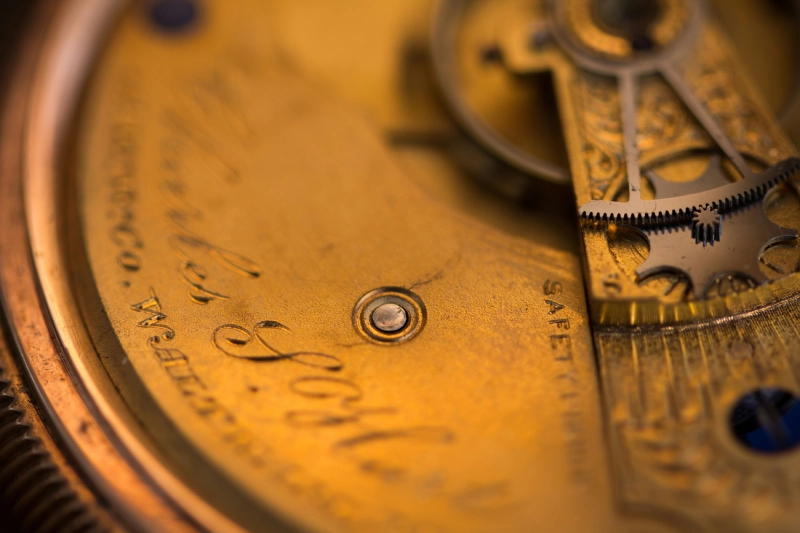🧪** Types of Brass Alloys**
Brass is an alloy primarily composed of copper and zinc. The varying ratios of these elements, along with the addition of other metals, result in different types of brass, each with unique properties. 
- Alpha Brass: Contains less than 35% zinc. It’s ductile and suitable for cold working. 
- Alpha-Beta (Duplex) Brass: Contains 35-45% zinc. It’s stronger than alpha brass and suitable for hot working.
- Cartridge Brass: Composed of 70% copper and 30% zinc. Known for its excellent ductility and used in ammunition casings and plumbing fittings. 
- Naval Brass: Contains around 60% copper, 39% zinc, and 1% tin. Offers excellent corrosion resistance in seawater, making it ideal for marine applications. 
- Red Brass: Composed of 85% copper, 5% zinc, 5% tin, and 5% lead. Known for its good corrosion resistance and used in plumbing and decorative applications. 
In total, there are over 60 different types of brass specified by European Norm (EN) standards, each tailored for specific applications based on their composition. 
🔧 Common Applications of Brass
Brass’s unique combination of strength, corrosion resistance, and workability makes it suitable for a wide range of applications:
- Plumbing and Heating: Used in fittings, valves, and faucets due to its corrosion resistance and durability. 
- Electrical Components: Employed in terminals, plugs, sockets, and switches because of its good conductivity. 
- Decorative Items: Utilized in musical instruments, architectural trim, and ornamental pieces for its aesthetic appeal.
- Naval brass is specifically used in marine environments for items like propeller shafts and marine fittings. 
- Cartridge brass is the material of choice for manufacturing bullet casings due to its excellent ductility and strength




